Welcome to the best collection of authentic Italian Food recipes on the internet! And of course, to ensure those Italian dishes taste like they do in Italy, here’s our list of essential italian ingredients
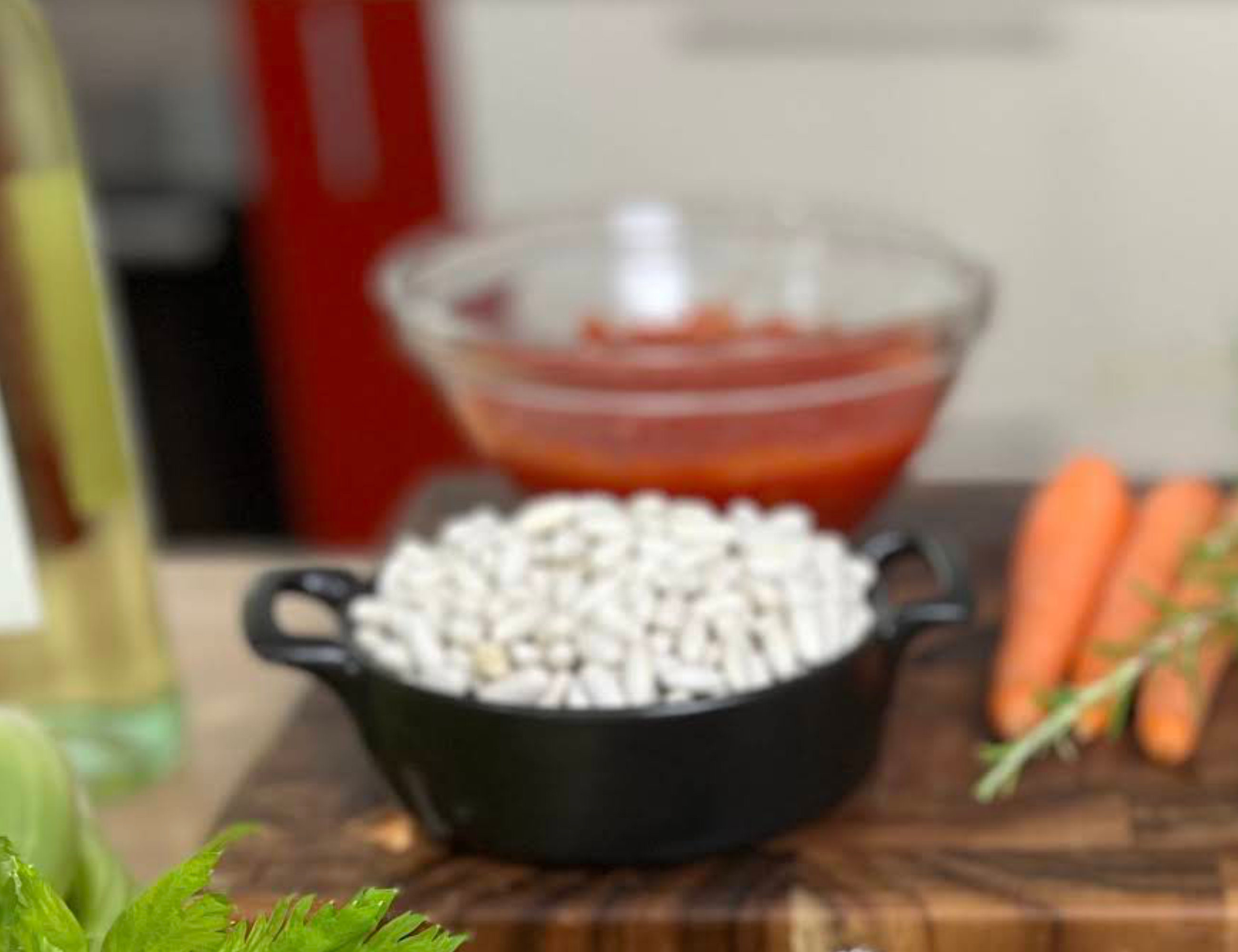
10 Essential Italian Ingredients
In this list, we are leaving off several fresh Italian ingredients (vegetables and aromatics) that are easy to find in almost every corner of the world. These include: onion, garlic, carrot, potato and celery. However, we are including on the list below any Italian ingredients that may be easy to find but do require careful selection—like tomatoes and tomato products.
Sweet Quality Tomato Products
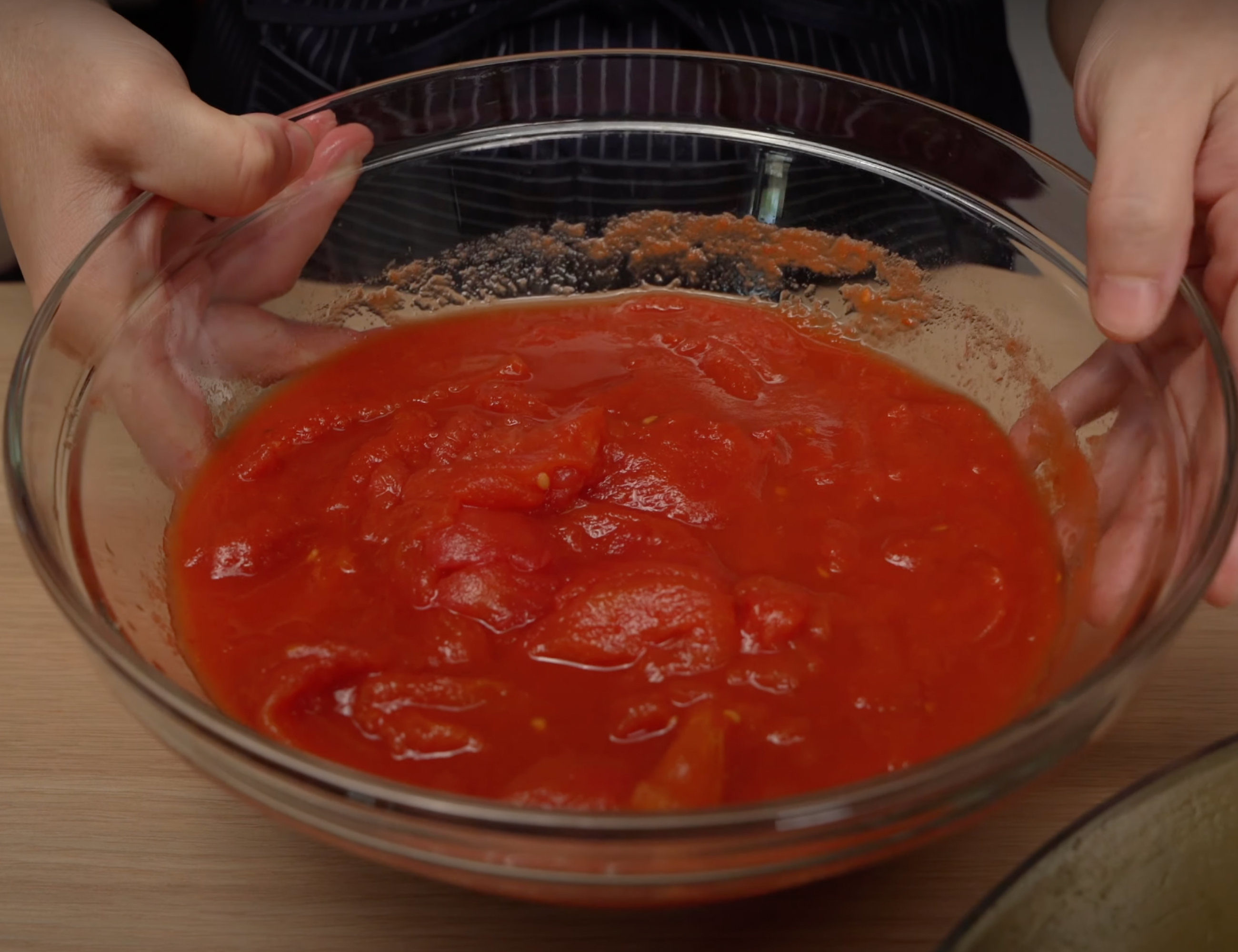
Italy is world-renowned for its tomatoes— in particular a variety of tomato called San Marzano which grows very well in Italy. In our experience, the vast majority of the tomato products sold abroad pale in comparison to the tomato products sold in Italian groceries. That’s why we offer tips below to help you find the best tomato product for Italian recipes!
The main kinds of tomato products that you’ll want in your pantry are:
- triple concentrated tomato paste
- whole canned tomatoes
- sweet tomato purée
Do’s of Buying Tomato Products
- San Marzano is best: Look for products that explicitly say they are made from San Marzano tomatoes.
- Or, Roma: Alternatively, look for products made of Roma tomatoes.
- Buy brands popular in Italy
- Need tomato pulp? Make it yourself. Buy whole canned tomatoes (which tend to be sweeter). Remove the seeds and water and mash the pulp yourself. Why? Tomato pulp products (or crushed tomatoes) are notoriously less sweet than the same brand of purée or whole canned tomatoes.
Don’ts of Buying Tomato Products
- Avoid additives like sugar or citric acid—Avoid products that have these additives—you don’t find these extra ingredients in tomato products in Italy! Citric acid totally changes the taste of the tomato product, and sugar is only necessary if the tomato product is not a quality one. Quality tomatoes should already be sweet and taste like tomatoes.
- Be careful of tomato pulp— Most attentive Italian cooks know that this tomato product tends to be less sweet if you buy it pre-prepared. It’s better to buy whole canned tomatoes and make the pulp yourself!
- Avoid pre-prepared tomato, ‘marinara’ or pasta sauces.
- If you must buy pre-prepared tomato products, avoid products that have dry or dehydrated garlic powder or salt! Virtually no Italian sauce in Italy has these ingredients. Furthermore, we find that dry garlic or onion powder (or dehydrated versions) contribute to indigestion.
Extra Virgin Olive Oil
Olive oil is the cooking fat of choice in Italian cuisine, and so it is essential that you keep on hand a quality extra-virgin olive oil. In fact, olive oil is the most important fat in mediterranean diet recipes —which Italian food recipes are.
The healthiest variety of olive oil is cold-pressed extra virgin olive oil. Olive oil is like the ketchup of Italian ingredients. Olive oil is used both for cooking (fresh and uncooked) and as a condiment on the finished dish. Many dishes expect a drizzle of extra virgin olive oil at the end.
For more on the health benefits of uncooked extra virgin olive oil or olive oil in general, check out our article on What is the Mediterranean Diet?
Dry White Wine
We’d like to put a dry red wine on this list too, but at minimum you’ll want to keep a drinkable white wine on hand for making traditional Italian recipes.
Avoid so-called ‘cooking wines.’ Instead, you want to choose a brand that tastes good enough to drink a glass of while you are cooking!
White wine is used primarily for de-glazing fats in Italian cooking. It is used after making a soffritto—sautéing onion, garlic or aromatics in olive oil. White wine is used to pull the fat off of the pan and into the final sauce for dishes that call for frying pancetta or guanciale. And finally, it is even a common ingredient in Italian risotto recipes— where a splash of wine adds a little extra flavor and serves to pull any fat or onion flavor off the bottom of the pan.
We often use Pinot Grigio or Sauvignon Blanc (a good French alternative). One of our favorite budget-friendly wines is the Ruffino Pinot Grigio or Orvieto Classico.
You can find Ruffino in many groceries in the United States. Alternatively, just order it from Amazon [affiliate link]: https://amzn.to/3y1zux3
Fresh Italian Herbs
In Italy, dry herbs aren’t as commonly used as they are outside of Italy. Traditional Italian food recipes almost always call for using the following (common) herbs fresh:
- parsley (Italian flat leaf)
- rosemary
- thyme
- garlic (not an herb, but an aromatic)
Herbs that are often used dry or ground even in Italy include:
- oregano – Sicilian oregano is widely known in Italy to be a particularly delicious and pungent variety of oregano.
- marjoram
- nutmeg
- black pepper – usually black pepper is freshly ground for the best flavor
Parmigiano Reggiano Cheese
If there is one Italian ingredient that you should have on hand in terms of cheese, it is Parmigiano Reggiano. It’s pretty important to have Pecorino cheese on hand as well.
Parmigiano Reggiano is not ‘parmesan’– and parmesan is no substitute for Parmigiano in Italian recipes.
What is Parmigiano Reggiano?
Parmigiano Reggiano is an aged Italian cheese produced primarily in the Italian regions of Reggio, Emilia, Modena, Parma and Bologna. It has no additives or preservatives and is considered naturally lactose-free (due to the aging process)—neat, huh?
It is extremely flavorful—a little goes a long way! You can find it aged 12, 24, 30, 36, 48, or even 72 months! It is a product registered as DOP (see below)—which is an important term to know if you want to choose traditional italian ingredients.
In Italy, families sometimes even buy big wheels of Parmigiano or partial wheels and vacuum pack them for later use.
You can even find Parmigiano Reggiano cheese on Amazon [affiliate link]: https://amzn.to/3SC5srF
What is DOP?
DOP refers to ‘denominazione di origine protetta‘—which means that the product that has this mark has been produced, processed and developed in a specific geographical area using local producers and local ingredients. It’s a label granted to a product whose taste and characteristics are in part dependent on being produced in a specific region.
In terms of cheeses, milk from an animal grazing on the terrain of one region will taste different and have different bionutrients than the milk from an animal grazing in another region of Italy. In Italy, pecorino cheese from different regions of Italy are known to taste very different!
What is ‘Parmesan’?
Outside of Italy and the EU, the word ‘parmesan’ can be used to refer to any number of hard, grate-able cheeses made from cow’s milk. In the United States, for instance, it is often aged less than 12 months. These cheeses do not taste like the real Italian Parmigiano. So, your traditional Italian dish will not have the same flavor or richness in taste if you use ‘parmesan’ cheese as a substitute.
Fresh Mozzarella Cheese
Another big challenge in making traditional Italian food recipes abroad is finding the right mozzarella for the job.
If you peruse the cheese section of any grocery in Italy, you’ll find at least 6x as many varieties of fresh mozzarella cheese as you do dry mozzarella cheese —usually called ‘pizza cheese’.
When mozzarella cheese is called for in Italian recipes, what the recipe is calling for is a water-packed, fresh mozzarella. Look for ‘logs’ or ‘balls’ of mozzarella or even ‘bites’—but be sure the mozzarella is fresh. Fresh mozzarella has a totally different taste and texture.
The rubbery, dry, gummy cheese that is grate-able is not what Italians in Italy use. In fact, if you can grate a mozzarella, don’t use it! Even for pizzas, dry mozzarella is not always used in Italy.
Quality Pasta
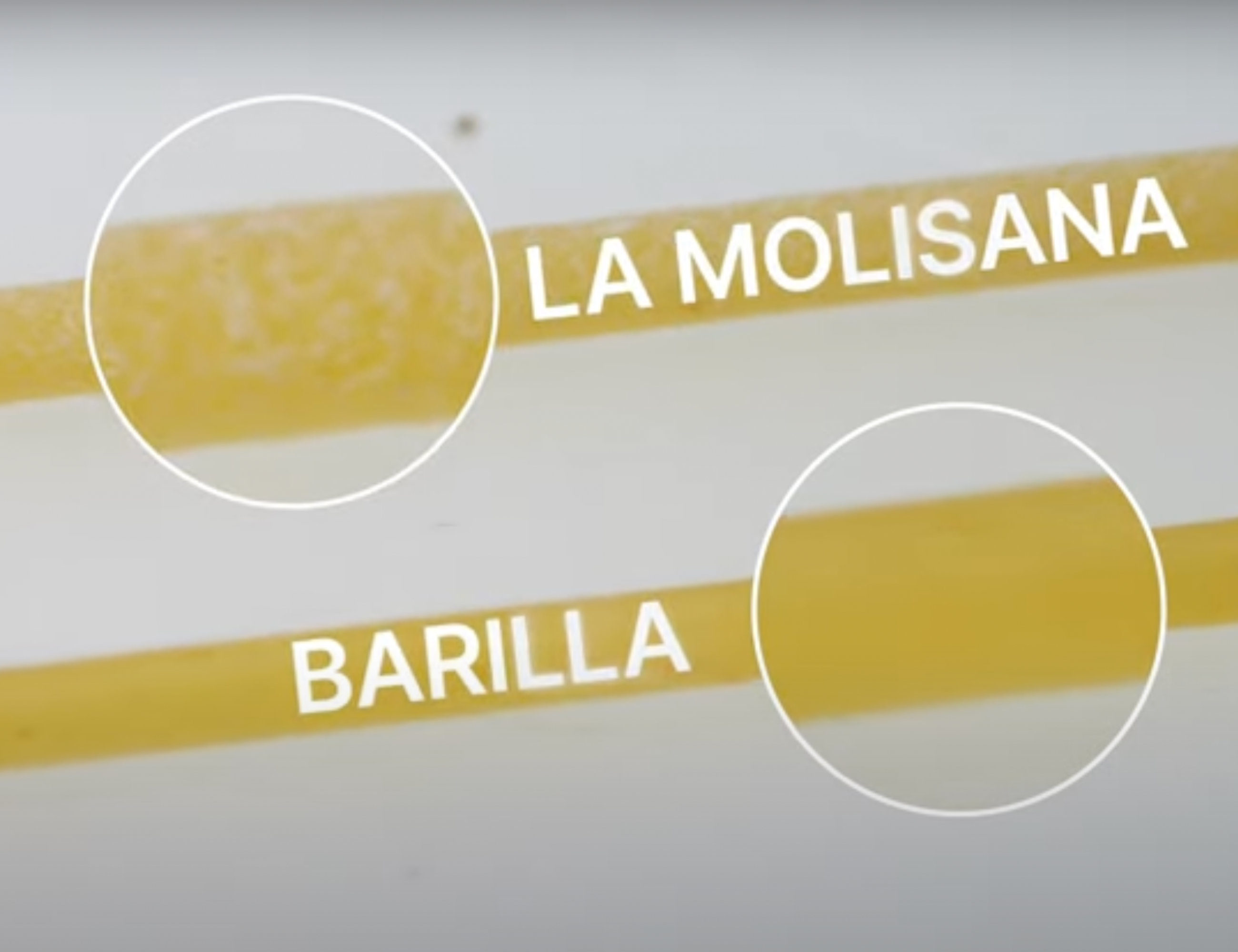
Like rice, pasta is an essential Italian ingredient. Outside of Italy, it’s very easy to get a poor quality pasta that falls apart when cooking it and that lacks taste and that ‘al dente’ texture—even after proper cooking.
There are two Italian brands that are easy to find abroad in groceries which are also popular in Italy: De Cecco and Barilla. Unless you can find one of the other options we are about to discuss, they are reasonable choices—unless you are slow-cooking the pasta or need a lot of starch from the pasta in order to create the perfect cremina.
Choose Pasta made with Durum Wheat Semolina
Not all flours are the same. Some variety of flours create a create texture for pasta that stretches well and resists breaking while the pasta is cooking. Look for pasta made with durum wheat semolina.
Choose Pasta that is ‘Trafilato al Bronzo’
We prefer pasta that is trafilato al bronzo. What does this mean? It means that the pasta stamp or cutter is made of bronze. Is that a big deal? Yes it is. This creates a more porous pasta surface, making the pasta more tasty, better able to bind to pasta sauces and condiments. It even helps the pasta to release more starch from its surface as well!
Some brands that we have come to prefer that are trafilato al bronzo are Rummo and La Molisana—both Italian brands easily found in Italian groceries. You’ll notice in the product description, Rummo says their pasta is “always al dente, never limp, never mushy, never gooey, never sticks together”—we couldn’t have said it better ourselves!
- Rummo Spaghetti [affiliate link]: https://amzn.to/3RejX3O
- La Molisana Spaghetti [affiliate link]: https://amzn.to/3LR2ZYa
Starch Matters
How much starch a pasta gives off might not seem important, but in traditional Italian cooking it’s very important! There are many, many creamy and cheesy pasta recipes that Italy is famous for—Spaghetti Carbonara, Spaghetti alla Gricia, Spaghetti Cacio e Pepe.
What do all of these authentic Italian pasta recipes have in common? They do not use heavy cream or butter to create the creamy and delicious pasta sauce that we all love. In fact, using heavy cream or butter in these recipes would be considered sacrilege in Italy and a sure sign that you aren’t a good cook. Further, these ingredients would totally change the taste of these traditional pasta dishes.
Instead, the creamy sauces in these classic Italian recipes are created by using the starch that the pasta gives off as a thickening and binding agent. In this way, neither cream nor butter needs to be added to create a creamy emulsion with the aged cheeses that each of these pasta dishes feature.
Guanciale
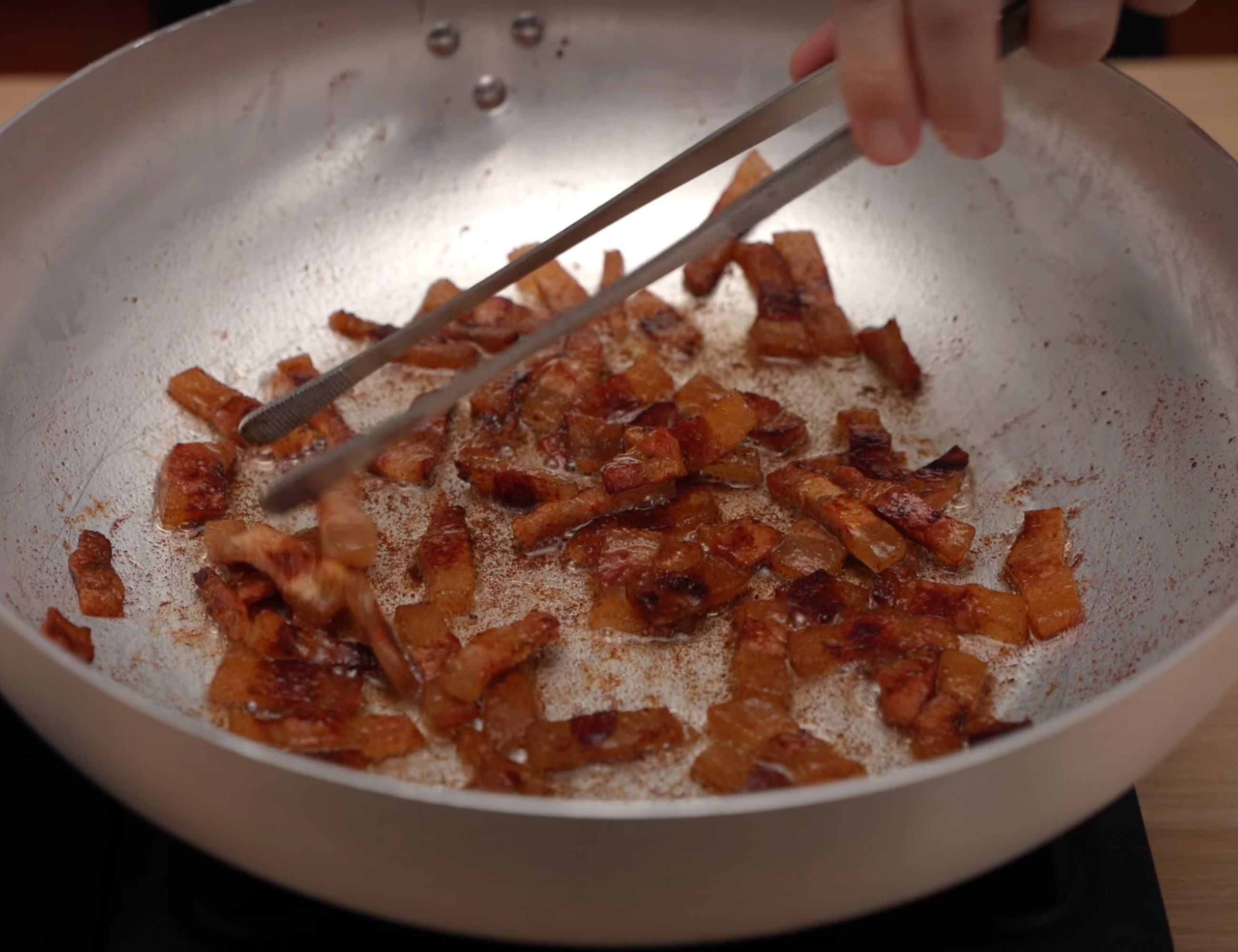
Guanciale is more common in traditional Italian recipes than pancetta. When either can be used, guanciale is usually considered the more traditional choice. Examples where this is the case include: Spaghetti Carbonara, Spaghetti alla Gricia, and Spaghetti Amatriciana.
What is the difference between guanciale and pancetta? Guanciale is cured pork cheek, while pancetta is cured pork belly. Look for a good source for guanciale. When in a pinch, choose pancetta.
What about bacon? Pancetta (unlike bacon) is salt-cured and dried but not smoked (unless that’s specified). Bacon is cured and smoked.
Flours for Pasta and Pizza
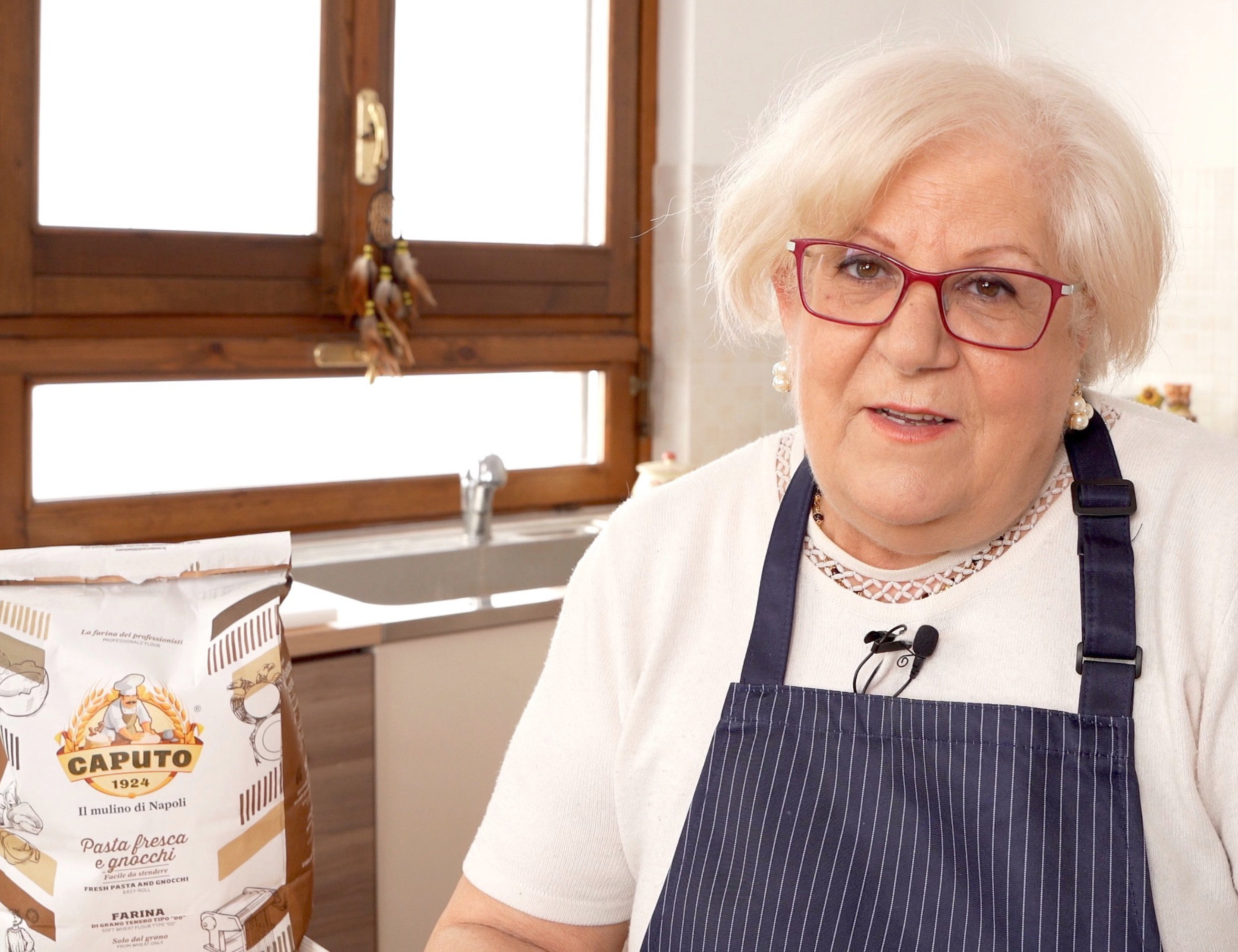
In Italy (as is the case in other European countries), there are more flour options on the grocery shelves. The go-to all purpose flour really doesn’t exist as such. All purpose flour sold abroad can produce an ok result in some kinds of recipes, but you will almost certainly get a better result if you use the flour that is best suited for the job.
Flours differ in many ways:
- variety of grain used – even varieties of wheat grain have very different characteristics
- how finely the flour is milled
- how much gluten or protein a flour contains
Grind of the Flour
In Italy, flour is graded 2, 1, 0, 00. This number tells you how finely the flour has been ground (00 is the finest) and also how much of the germ or bran of the grain has been removed.
It’s a bit confusing because you might think ’00’ flour is for cakes. Yes, it can be. However a different variety of flour that has characteristics better for pizza making can also come finely ground as a ’00’ flour.
‘Strength’ of the Flour
Expressed with the letter “W” —this number gives us a clear idea of how our dough will behave during and after rising.
The ‘strength’ of the flour is measured by the manufacturers through a laboratory device called Chopin’s alveograph and is directly proportional to the amount of gluten in the dough.
By definition:
- flours with W between 180-260 are medium strength flours
- W below 180? The flour is weak.
- W above 260? The flour is strong.
So… in terms of stockpiling the essential Italian ingredients, which of these flours should you keep on hand? It depends on what you plan to make from scratch. Here are our recommendations:
Pizza Flour
There are a bunch of types of pizza in Italy, but to make our favorite highly digestible pan pizza recipe, we recommend keeping the following flours on hand:
A flour ‘0 ‘ with W 260-280
Our favorite?
- Caputo Nuvola – Used in pizzerias throughout Italy, this flour is thankfully available on Amazon! It’s perfect for a tall, soft digestible pizza and it is the product shown in the video below. You can find it on Amazon (affiliate link): https://amzn.to/3KtEcYV
Pasta Flour
Here are [affiliate] links to the fine Italian flours that we use in our fresh pasta making video.
- Caputo Gnocchi and Pasta Flour: https://amzn.to/32VxEOo
- Caputo Semola Flour: https://amzn.to/3tCreQK
The gnocchi and pasta flour is made from a variety of wheat that supports stretching without breaking (great for pasta).
The semola flour gives a bit of texture and is a much better way to flour the pasta for stretching than traditional flour, which tends to gum up on the pasta. Also, semola flour (sometimes called semolina outside Italy) is a good choice for stretching pizza as well when you want a crunchy crust.
Arborio or Carnaroli Rice
There are many varieties of rice. In general, varieties of rice are not interchange-able, due to them having major differences in texture and structure.
In traditional Italian cooking, rice is probably most famous in risotto. For details on how to make risotto at home, check out our other article!
In short, risotto is a dish traditional in Northern Italy. The rice is toasted, then slow cooked with a few ladles of broth at a time until the rice is ‘al dente’ and creamy. Arborio and Carnaroli are both short grain, white rice that can absorb liquid (without falling apart) and are high in starch but release that starch slowly to create a creamy dish.
There really is not a good substitute for this rice when making risotto.
Scotti isn’t our favorite brand, but it is a popular brand in Italy. You can find it on Amazon [affiliate link]: https://amzn.to/3xZ6rKy
A non-Italian brand that is pretty good and available outside Italy is Lundberg‘s Arborio rice, also available on Amazon [affiliate link]: https://amzn.to/3E2ce5U
Once we’ve done our rice brand comparison, we’ll update this article to let you know the results!
So there you have it! Ten absolutely essential Italian ingredients for traditional Italian cooking!
